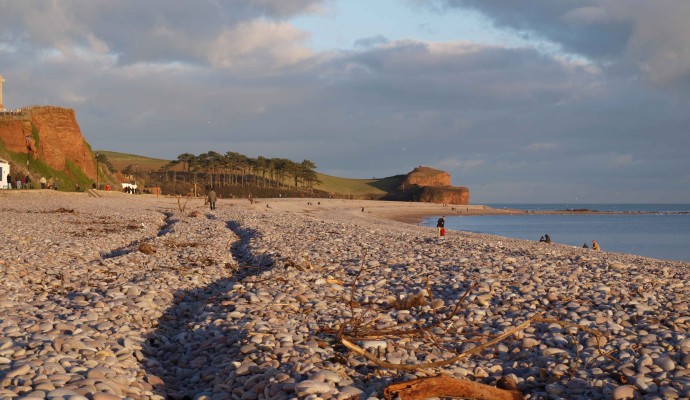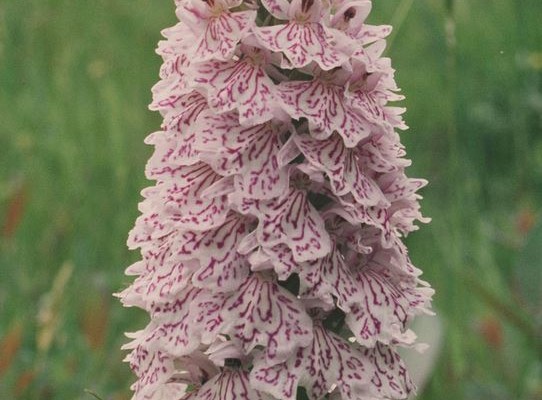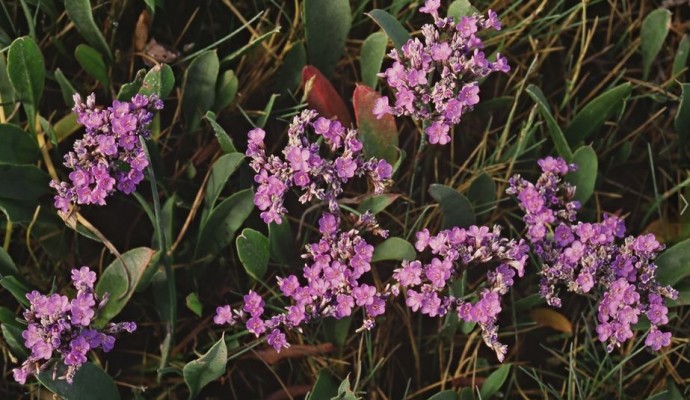Aylesbeare Common
- About this route
-
Aylesbeare Common is recognised as a Site of Special Scientific Interest (SSSI) and a Natura 2000 site. You can enjoy a walk along firm paths over quiet heathland here – heather and gorse as vibrant colour to this site year-round. It’s an excellent spot for birdwatching, spotting reptiles, and invertebrates.
The woodland fringes, streams and ponds abound with butterflies, dragonflies and damselflies. The RSPB is working to maintain and enhance the heath for the benefit of birds such as Dartford Warblers and Nightjars, as well as other wildlife such as Southern Damselfly and Silver-studded Blue.
- Getting Around
-
By car, and by bus.
- Facilities
- Parking, Footpaths around the heathland - with many routes!
- Terrain
- Footpaths
- Accessibility
You can explore more in this area
accessible-walks

1.6kms
Budleigh Salterton and the Otter Estuary
Three Walks using the South West Coast Path that are likely to be suitable for people with impaired mobility orshort-walks

1.6kms
Budleigh Salterton and the Otter Estuary
Three Walks using the South West Coast Path that are likely to be suitable for people with impaired mobility orheaths

Pebblebed Heaths
The magnificent East Devon Pebblebed Heaths complex is the largest block of lowland heath in Devon. The site’s large areawildlife

Pebblebed Heaths
The magnificent East Devon Pebblebed Heaths complex is the largest block of lowland heath in Devon. The site’s large area
The Otter Estuary
The Otter Estuary is a compact and accessible estuary, which supports a particularly well-developed saltmarsh flora that includes such characteristiccoastal
